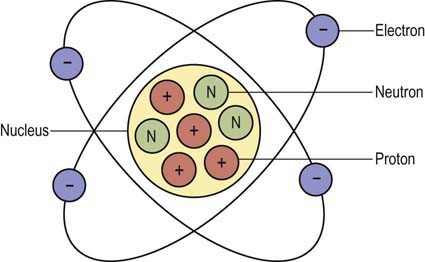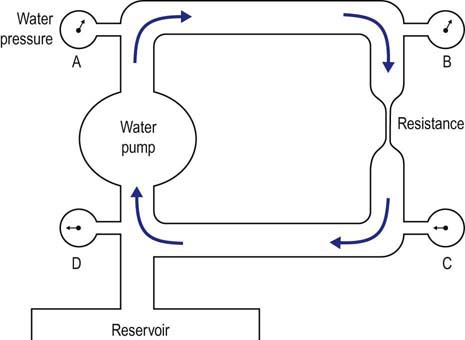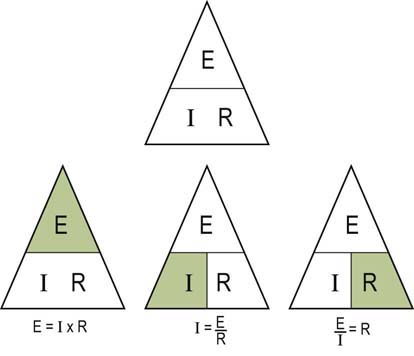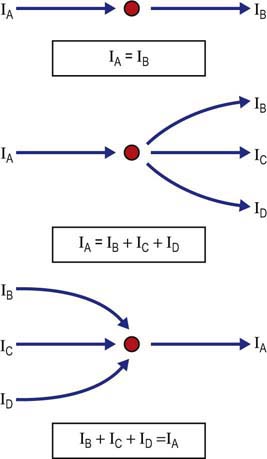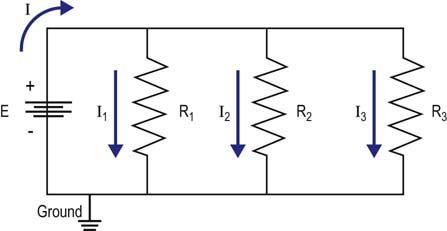39 Basics of Electricity and Electronics for Electrodiagnostic Studies
One might ask, is it really necessary to understand the basics of electricity and electronics in order to perform routine electrodiagnostic (EDX) studies? Although a degree in electrical engineering certainly is not needed, the answer clearly is yes. First, and most important, understanding the basics of electricity is essential to safely perform EDX studies and prevent potential electrical injuries to patients (see Chapter 40). Second, all of the responses recorded during nerve conduction studies and needle electromyography (EMG) are small electrical signals that are amplified, filtered, and then displayed electronically. Knowledge of electricity and electronics allows for a better understanding of what these potentials represent. Finally, and equally as important, knowledge of electricity and electronics is critical to understand and correct the variety of technical problems that frequently arise during EDX studies (see Chapter 8).
Basics of Electricity
• Coulomb is the standard unit of electric charge, approximately equal to 6.24 × 1018 electrons.
• Current, represented by the symbol I, is the actual flow of electrons. The ampere is a measure of current, designated by the letter A. An ampere is defined as 1 coulomb passing a point in a conductor in 1 second. Current can only flow when a complete circuit exists.
• Voltage is the electromotive force required to make electricity flow through a conductor. This electromotive force results from a fundamental property of magnetism that oppositely charged particles attract each other. Any source with an excess of electrons (negatively charged particle) will be drawn to a source with a lack of electrons (positively charged particle). Voltage is designated by the symbol E. Its unit of measurement is volts, which is designated by the letter V.
• Resistance opposes the flow of electrons. Resistance is designated by the symbol R. The unit of measurement for resistance is Ohms, which is designated by the Greek letter Ω. All materials, even conductors, impede the flow of electrical current to some extent. In general, resistance increases with the length of the conductor and decreases as the cross-section of the conductor increases.
Simple Resistive Circuits
Resistors in Series
From Ohm’s and Kirchhoff’s laws, one can predict the behavior of simple resistive circuits.

